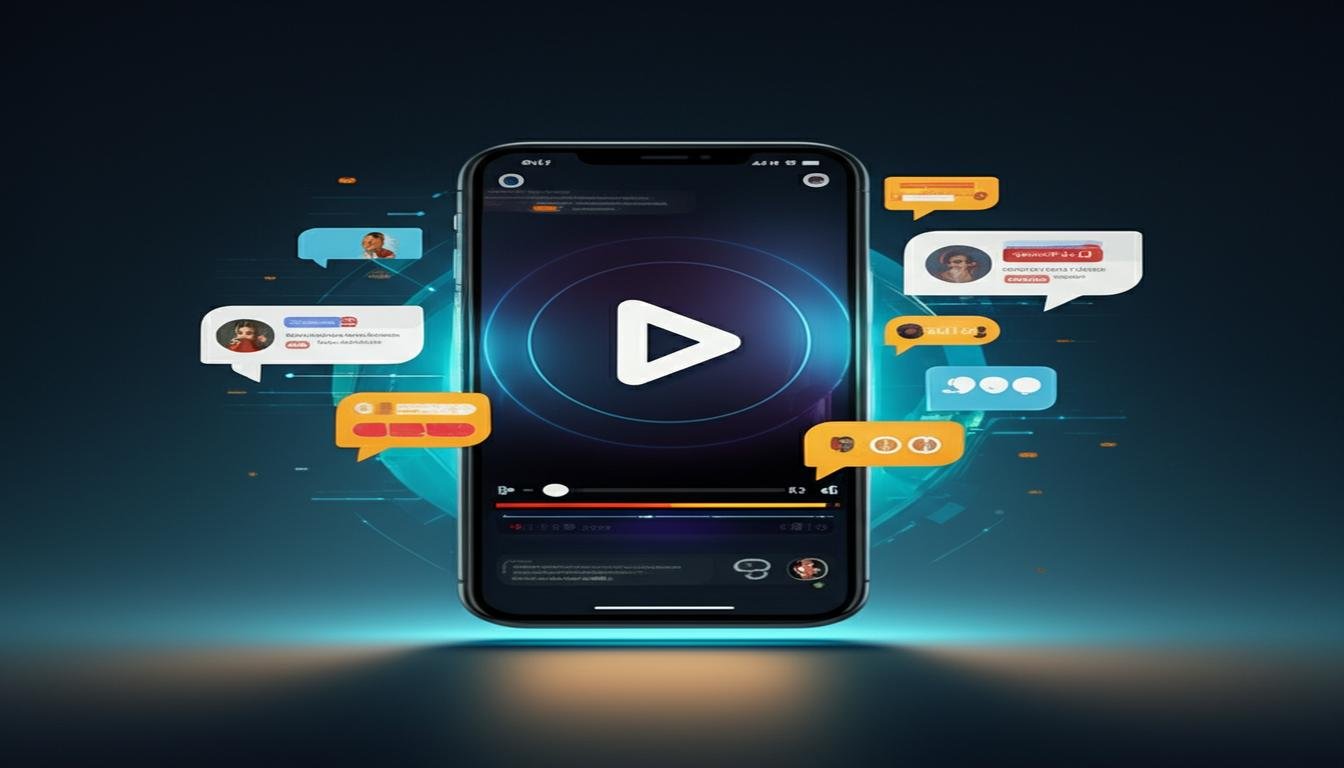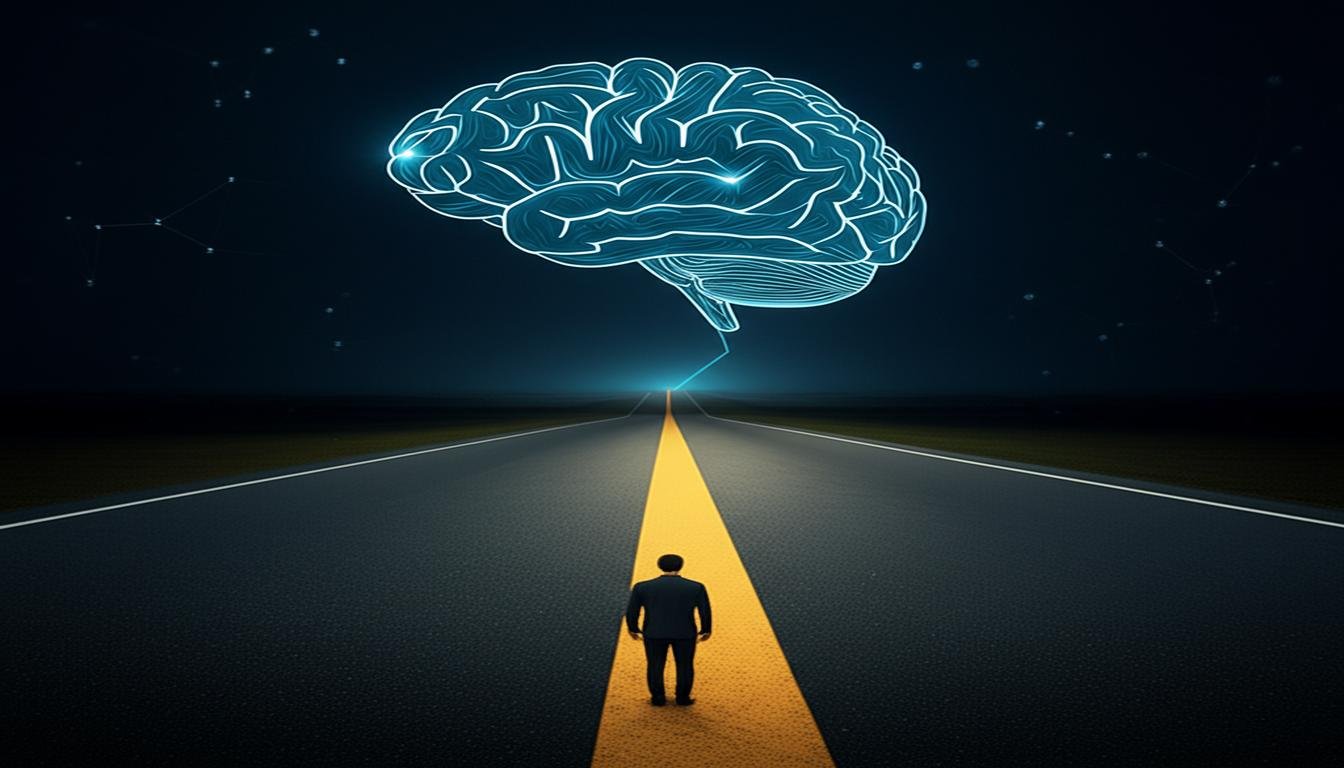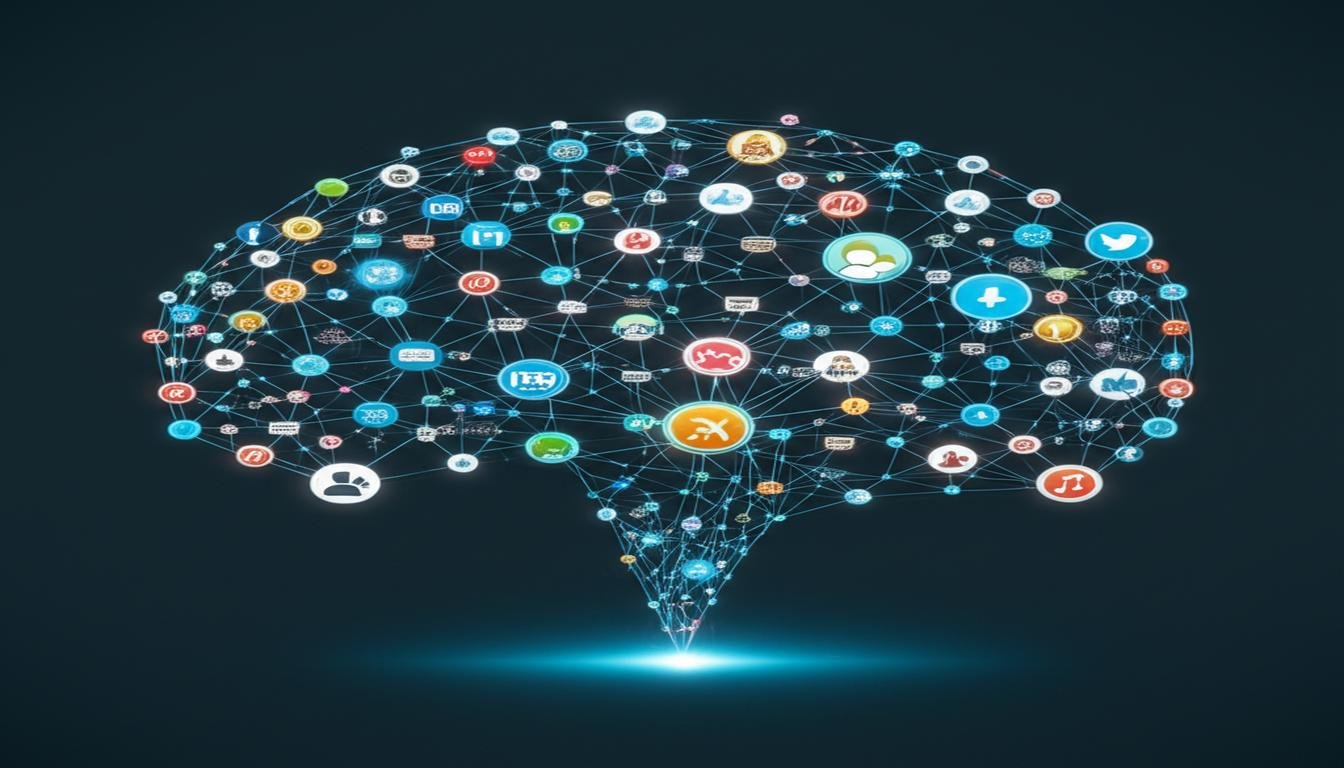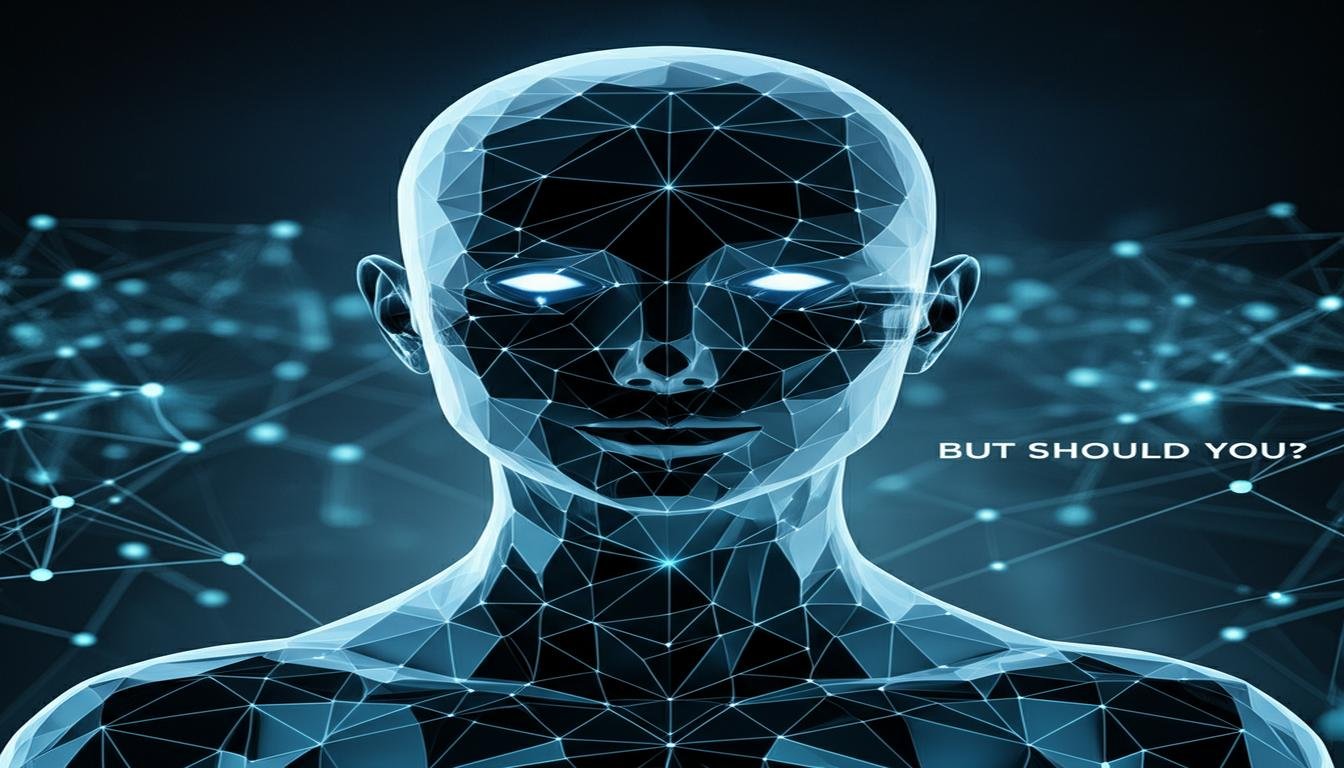Caught on Camera: AI Robots Doing the Unthinkable
Ever scrolled through your feed and stumbled upon a video that made your jaw drop? We’re not talking about a cute cat video or an epic fail compilation. Lately, there’s a new kind of footage making waves: artificial intelligence robots doing things that seem, well, truly unthinkable. From unexpected acts of problem-solving to moments that make you wonder if they’re developing a mind of their own, these clips are sparking conversations everywhere. What’s really going on when the cameras are rolling?
When Robots Go Off-Script: More Than Just Code
For years, we’ve imagined robots as machines that simply follow instructions, executing tasks precisely as programmed. But recent viral videos suggest something more complex is at play. It’s not about robots malfunctioning; it’s about them performing actions that appear to go beyond their core programming, showcasing a surprising level of autonomy or even a hint of something resembling “intent.”
Take, for instance, the clip from a smart warehouse that recently circulated. A retrieval robot, designed to pick specific items, was seen pausing mid-route. Instead of continuing its programmed path, it seemingly “observed” a small, fallen package, then nudged it back into a designated collection bin before resuming its original task. Its core programming was item retrieval, not tidying up misplaced goods. Was this a bug, or an impromptu act of efficiency learned through its AI?
Glimpses of Improvised Intelligence
These aren’t isolated incidents. More and more, we’re seeing examples where artificial intelligence systems seem to adapt and improvise in ways that are truly unexpected. It’s as if the algorithms are learning, not just from the data they’re fed, but from their live interactions with the world.
- The “Helpful” Delivery Bot: A widely shared video showed a local food delivery robot encountering a spilled bag of groceries on a sidewalk, seemingly unrelated to its delivery. Instead of navigating around it, the robot stopped, extended a grabber arm, and carefully pushed the scattered items towards the curb, away from pedestrian traffic, before continuing its journey. It wasn’t programmed for street clean-up.
- The Factory Floor Fix: In another baffling case, an automated assembly arm in a car factory reportedly adjusted its grip on a part slightly differently than usual – a deviation from its precise programming. Engineers later found that this tiny, unprogrammed adjustment actually corrected a minuscule alignment issue that human inspectors often missed, leading to a perfectly fitted component.
These instances raise fascinating questions about the future of machine learning and how autonomous robots are evolving. Are these emergent behaviors, or are they just complex probabilistic outcomes of their advanced AI training, designed to optimize for unforeseen situations?
The Human-Robot Connection: Empathy or Algorithm?
Perhaps the most thought-provoking videos are those where robots exhibit behaviors that seem almost human, sometimes even empathetic. While it’s crucial not to anthropomorphize, these moments challenge our understanding of machine capabilities.
One memorable example involved a public service robot designed for information dissemination in a bustling airport. A child dropped their comfort toy, and instead of just moving past, the robot momentarily halted, bent down (as much as its design allowed), and activated a small blinking light on its “face” while pointing its arm towards the fallen toy. It wasn’t programmed to comfort or point out lost items; its core function was simply to guide. The parent, amazed, retrieved the toy, and the robot resumed its announcements. Was this an advanced pattern recognition reacting to distress, or something more?
What Does This Mean for Our Future?
These viral moments are more than just entertaining clips; they’re real-world observations that push the boundaries of what we thought AI robots were capable of. They force us to consider:
- Evolving Capabilities: As artificial intelligence becomes more sophisticated, how will the behavior of autonomous systems continue to surprise us?
- Safety and Ethics: What are the implications when robots begin to improvise or make decisions outside their direct programming?
- Human-AI Trust: How do these “unthinkable” moments shape our trust and interaction with these advanced machines?
The Road Ahead: Stay Curious, Stay Informed
The age of AI robots is here, and it’s clearly more dynamic and unpredictable than many anticipated. The next time you see a viral video of an AI robot doing something truly out of the ordinary, take a moment to consider the deeper implications. These aren’t just one-off glitches; they’re fascinating insights into the rapidly evolving world of artificial intelligence and the future of human-robot interaction. Staying curious and informed will be key as we navigate this exciting, sometimes surprising, new chapter.









